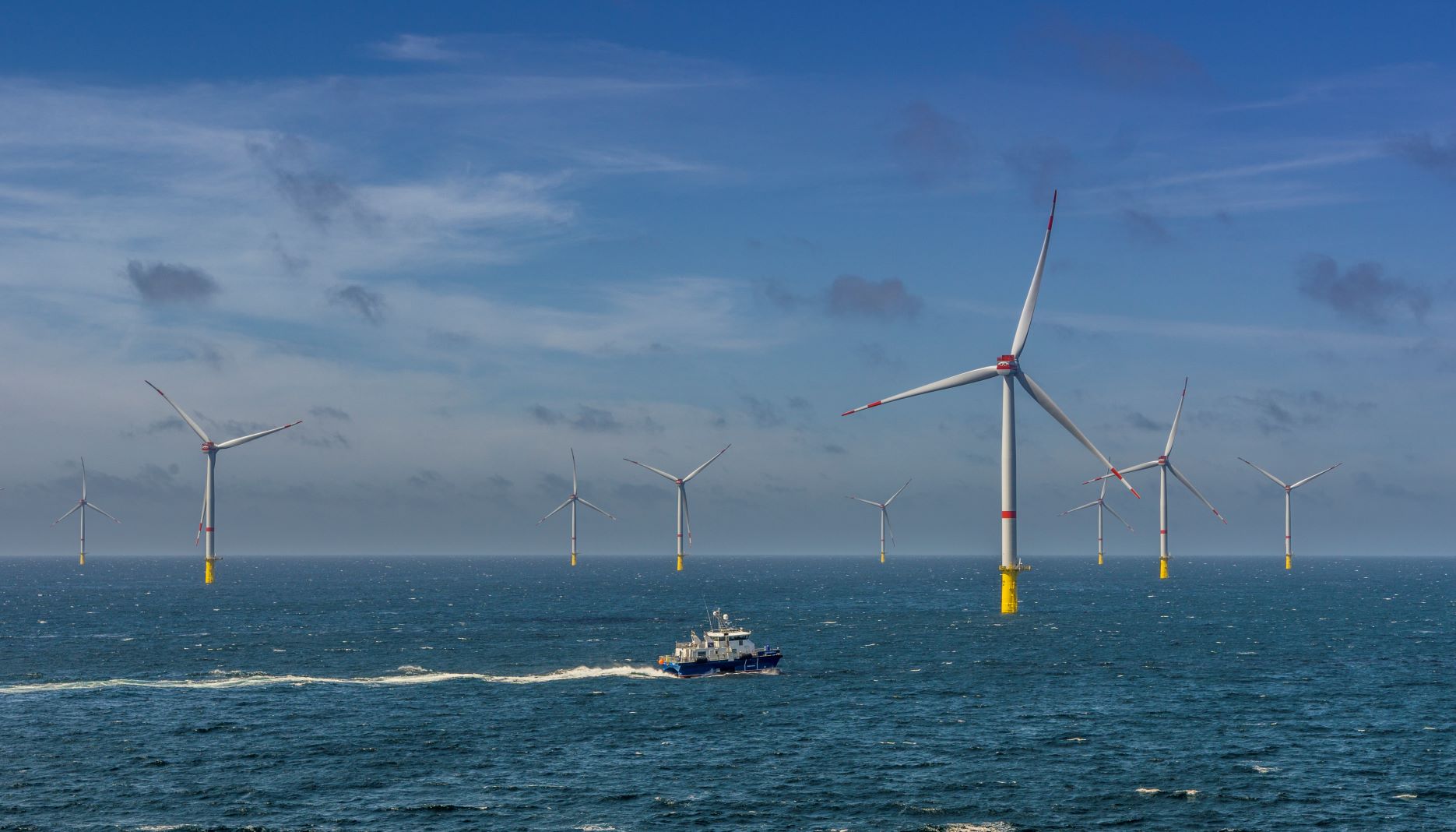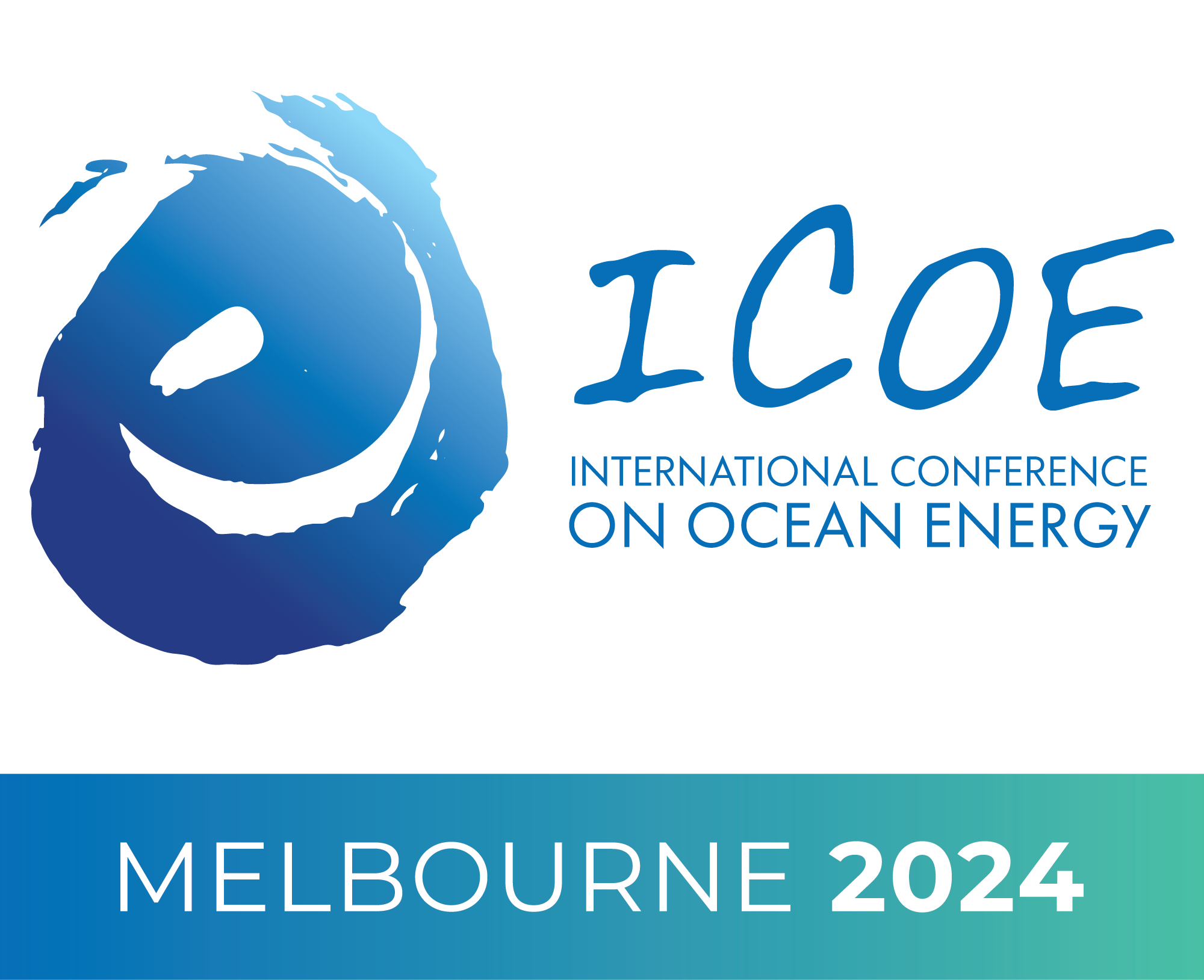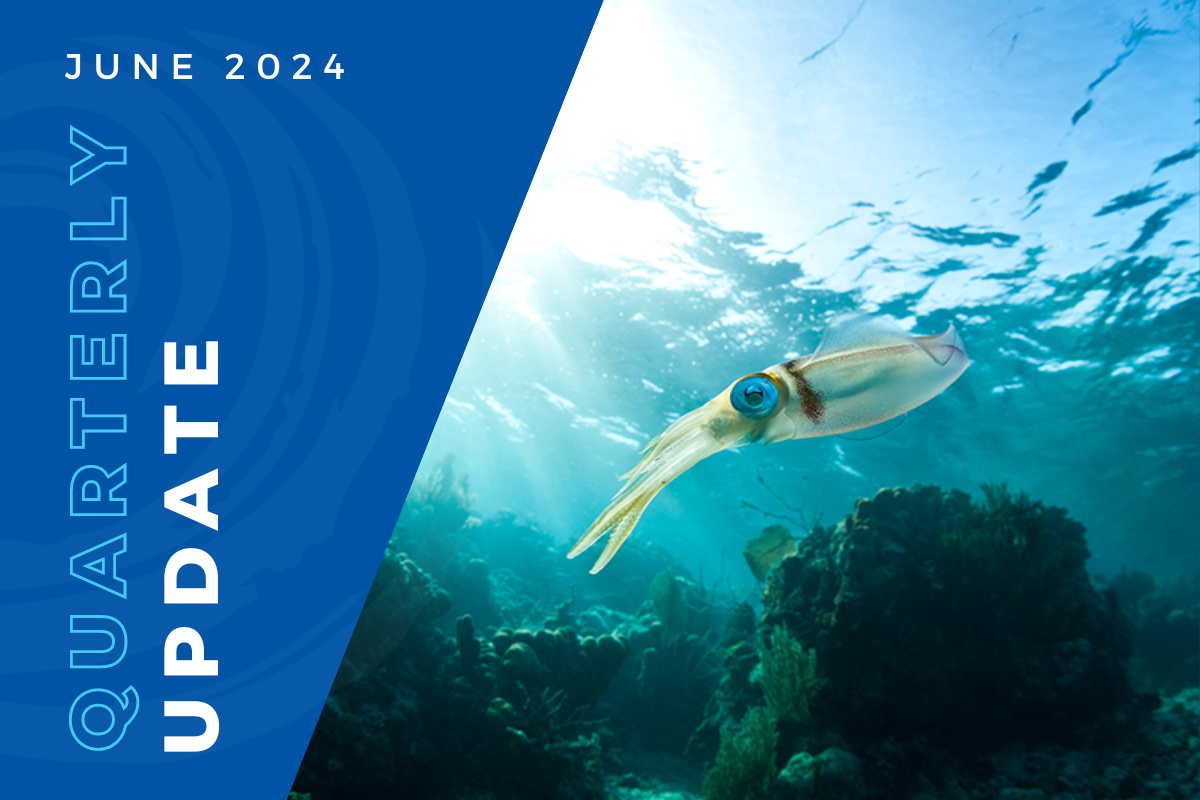A new report on Australia’s offshore wind potential calls for a renewed consideration of the substantial contribution offshore wind can contribute to Australia’s future clean energy mix.

Image courtesy of Star of the South
New research has found Australia has very high quality and abundant offshore wind resources close to the existing transmission grid. More than 2,000 GW could potentially be installed within 100km of current substations and excluding environmentally restricted and low wind areas – far in excess of total current electricity generation.
Offshore wind is booming globally with the International Energy Agency viewing offshore wind as one of the big three sources of clean energy alongside solar and onshore wind. Australia is yet to fully capitalise on its potential to harness our capacity in this new energy resource.
The report located good sites for offshore wind in Queensland, NSW, Victoria, Tasmania, South Australia and West Australia, close to transmission grids and with high capacity factors. At critical sites for energy generation such as Newcastle, Gippsland and Gladstone there were strong winds offshore at times of low onshore wind and solar generation. A mix of renewables will help maintain a consistent, reliable supply in future high penetration renewable energy scenarios.
New developments in floating offshore wind turbines allow access to high-quality deeper water sites that were previously inaccessible. Ongoing expansion of turbine size to large 15 MW turbines enable single projects of 1-2 GW, meaning offshore wind can upscale rapidly as coal plants close and the energy transition accelerates, reducing the need for lengthy and complex investments in transmission. In the UK the costs of onshore and offshore wind are expected to be similar by 2030.
The opportunities for offshore wind development are being increasingly recognised by global project proponents, with over 25 GW of offshore wind projects proposed in Australia. Yet offshore wind is not fully incorporated into Australian energy planning, research and development agendas.
The Offshore Wind Potential for Australia project evaluated the feasibility and potential of offshore wind to contribute to Australia’s energy needs and identifies barriers to its large-scale development.
Key findings included:
- A regulatory regime for the development of offshore renewable energy in Commonwealth waters needs to be established and should consider including marine allocation of space for offshore renewable energy projects.
- Offshore wind should be incorporated into national and state energy planning, which is not currently the case.
- Offshore wind should be incorporated into planning for the National Hydrogen Strategy and ‘Energy Superpower’ scenarios. If Australia is to become an ‘Energy Superpower’, offshore wind could be an important source of power located adjacent to many ports and industrial facilities.
- Strategic investment in offshore wind should be considered by Federal and State Governments, as seen by the Clean Energy Finance Corporation and Australian Renewable Energy Agency to accelerate large-scale solar, to assist in de-risking and developing local offshore wind.
- Offshore wind can develop into a significant source of employment for offshore oil and gas workers and allow for diversification of coal export ports and employment in coal regions.
- Detailed research is required to assess cost-benefits of offshore wind to energy, environmental and social systems.
Project Leader, Mark Hemer of CSIRO and the Blue Economy CRC:
“Offshore wind has the potential to contribute to the energy system through higher capacity factors and diversity of energy supply. This is particularly important under ‘energy superpower’ scenarios including mass electrification and hydrogen production”.
Sven Teske, Associate Professor at Institute for Sustainable Futures, University of Technology, states:
“Australia has world class offshore wind resources, equivalent to or better than seen internationally where offshore wind has proven itself commercially. Our modelling found many excellent sites where the resource can complement existing renewable generation”
Chris Briggs, Research Director from the Institute for Sustainable Futures, University of Technology Sydney highlights the employment potential and opportunities for fossil fuel industry workers:
“Offshore wind has been an important source of alternative employment as Europe transitions to clean energy, especially the offshore oil and gas sector where the skills are often highly transferrable. Offshore wind can play an important role in a ‘just transition’ in Australia”.
The project brought together expertise from CSIRO, Australia’s National Science Agency; the Institute for Sustainable Futures, University of Technology Sydney; Saitec Offshore; and the Maritime Union of Australia with contributions from the Electrical Trades Union, Australian Manufacturing Workers’ Union and Australian Council of Trade Unions.
The Blue Economy CRC will discuss the outcomes of the project and launch the Offshore Wind Energy Report via a public webinar.
Webinar information
Thursday 22nd July, 2021, 11am – 12.30pm (AEST)
Registrations now open







